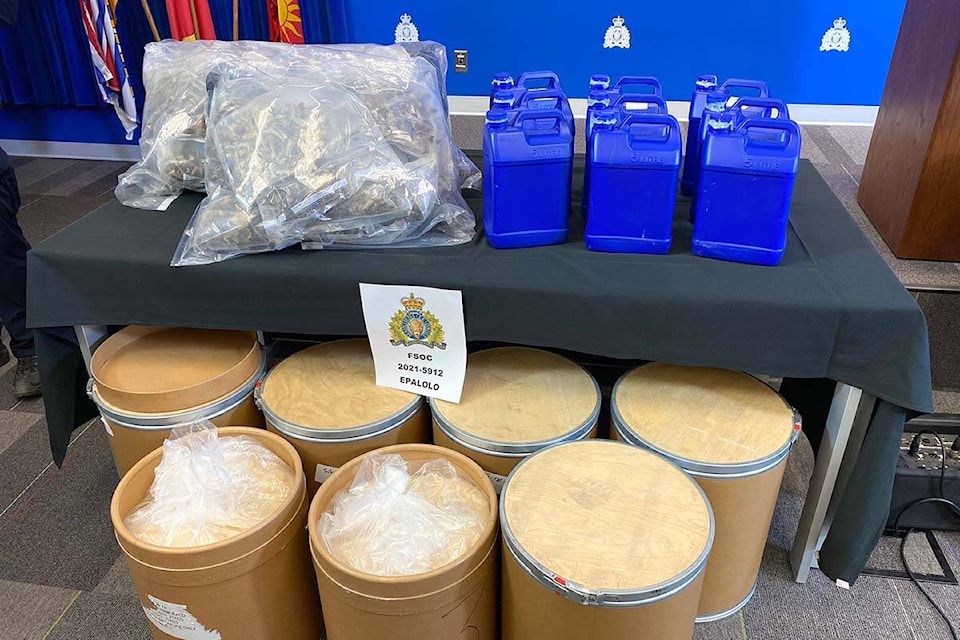There have been 17 deaths in Langley so far this year from toxic street drugs, a pace that could mean this is one of the most lethal years ever for the drug crisis in the community.
Data released this month by the B.C. Coroner’s Service found that so far across the province, from January to April, 814 people had lost their lives to toxic drugs and overdoses.
Deaths are still going up, with this April’s provincial numbers representing a 17 per cent increase over death’s in the same month last year. At this rate, 6.9 British Columbians are dying every day from the crisis.
If Langley’s deaths continue at their current pace, there will be 51 deaths by the end of the year. That would make 2023 the second-worst year of the crisis, matched only by 2021 when 58 people lost their lives in Langley.
The crisis began around 2016 when the powerful opioid fentanyl began to appear in significant quantities in illicit drugs.
As usual, the deaths were concentrated among middle-aged men, with 70 per cent of the dead so far this year aged 30 to 59, and 77 per cent of them male.
Most of the dead (47.8 per cent) died in their private home, 31 per cent died in another residence, such as a hotel, motel, single-room occupancy building, or shelter, and 15.8 per cent died outside.
Data on the exact drugs causing the deaths for this year is not yet available, but in 2022, 87.4 per cent of those dying from toxic drug reactions in B.C. had fentanyl in their system.
The percentages of cases involving methamphetamine had risen to 43.3 per cent, from less than half that in 2013, and the presence of benzodiazepines, a prescription drug, had reached 28.2 per cent, up from 7.2 per cent a decade earlier.
“This drug poisoning crisis is the direct result of an unregulated drug market,” B.C. Chief Coroner Lisa LaPointe said in a statement. “Members of our communities are dying because non-prescribed, non-pharmaceutical fentanyl is poisoning them on an unprecedented scale.”
More than 12,000 British Columbians have died since the public health emergency was declared in April 2016.
PREVIOUSLY: 6 people died per day from unregulated drug supply so far this year: B.C. Coroner’s Service
Have a story tip? Email: matthew.claxton@langleyadvancetimes.com
Like us on Facebook and follow us on Twitter.
